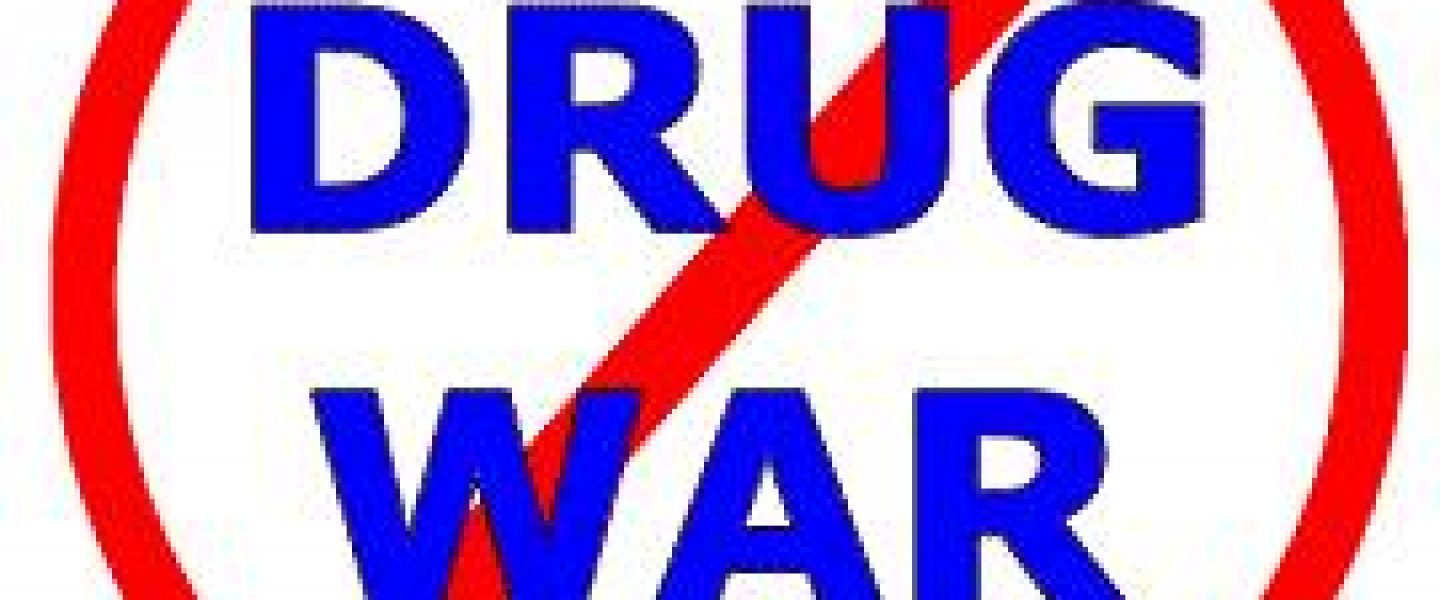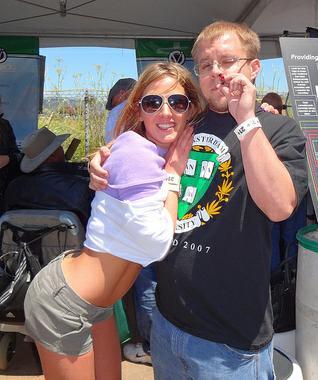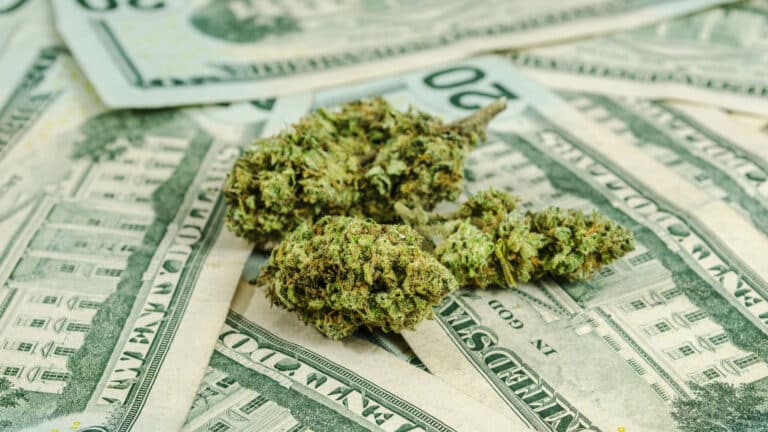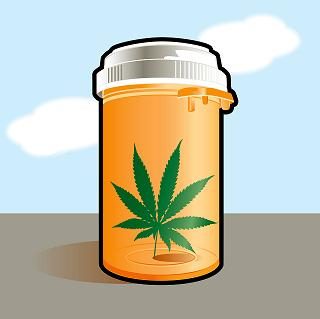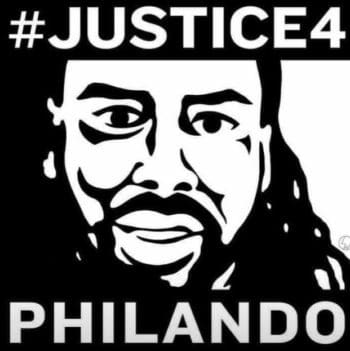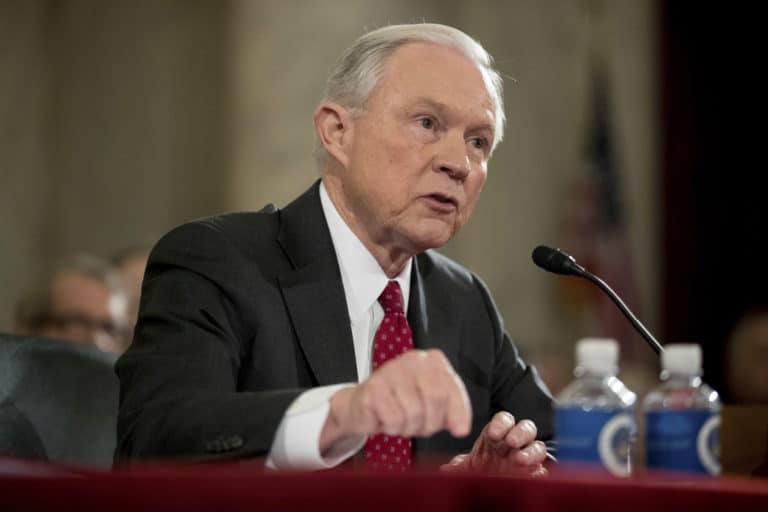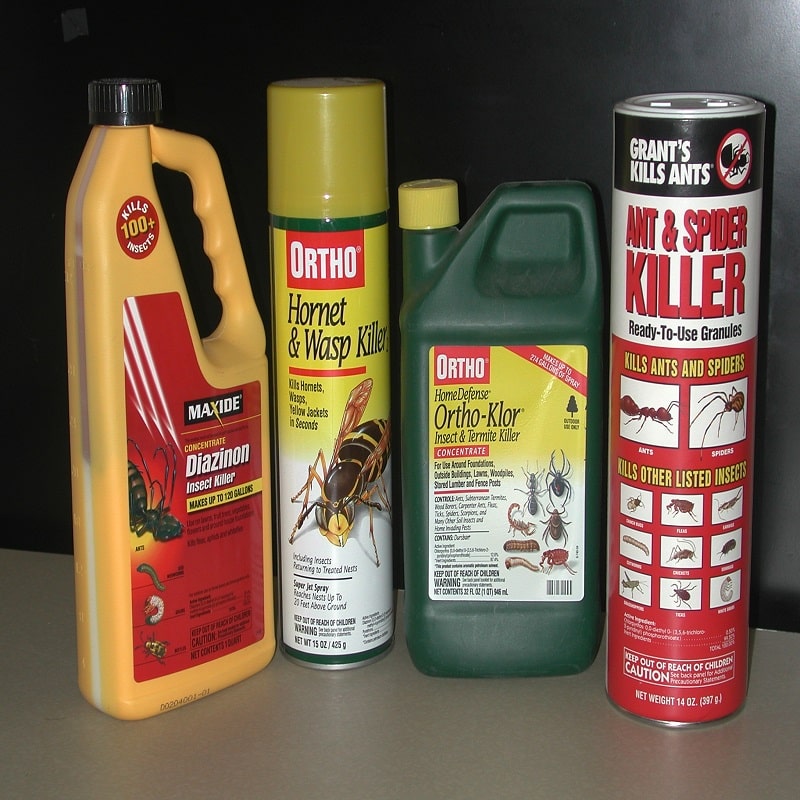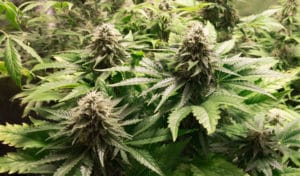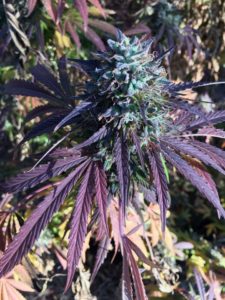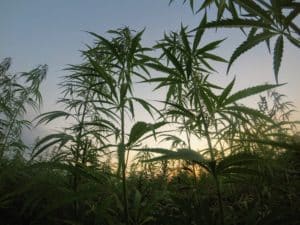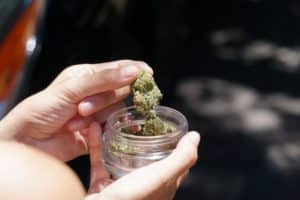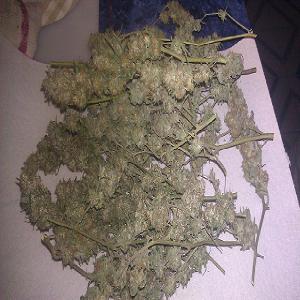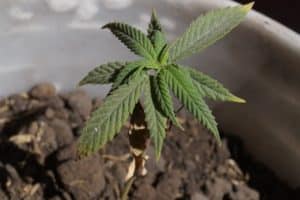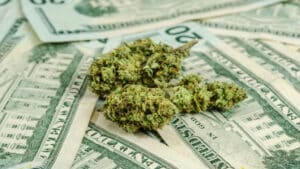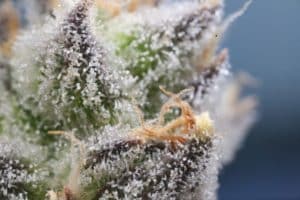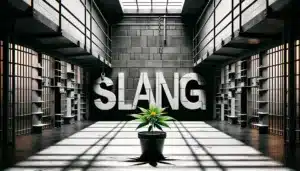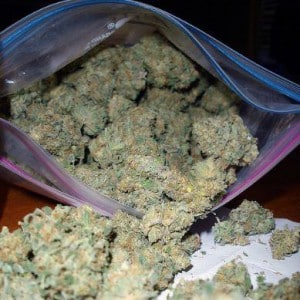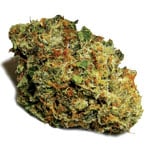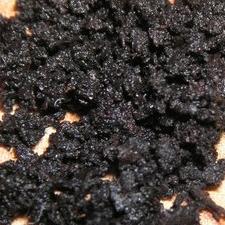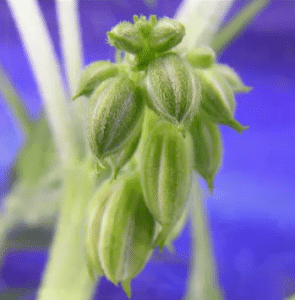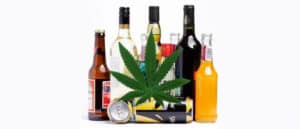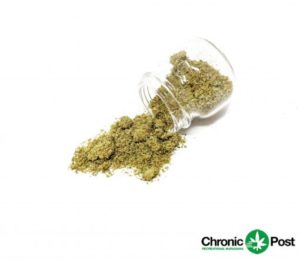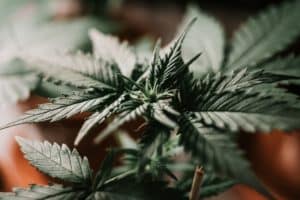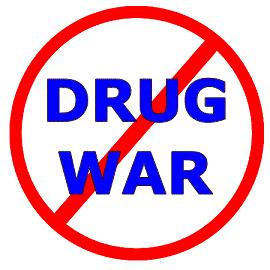 America’s Longest Ongoing War: The ‘Race’ War on Drugs
America’s Longest Ongoing War: The ‘Race’ War on Drugs
I received this article from Americans for Safe Access San Francisco Chapter. I thought it was a provocative read so I put it up to share:
“The drug war is not to protect the children, save the babies, shield the neighborhoods, or preserve the rain forests. The drug war is a violent campaign against black men and by extension the black family, among many others.”– Wilton D. Alston, “How Can Anyone Not Realize the War on (Some) Drugs Is Racist?”
After more than 40 years and at least $1 trillion, America’s so-called “war on drugs” ranks as the longest-running, most expensive and least effective war effort by the American government. Four decades after Richard Nixon declared that “America’s public enemy No. 1 in the United States is drug abuse,” drug use continues unabated, the prison population has increased six fold to over two million inmates (half a million of whom are there for nonviolent drug offenses), SWAT team raids for minor drug offenses have become more common, and in the process, billions of tax dollars have been squandered.
Just consider–every 19 seconds, someone in the U.S. is arrested for violating a drug law. Every 30 seconds, someone in the U.S. is arrested for violating a marijuana law, making it the fourth most common cause of arrest in the United States. Approximately 1,313,673 individuals were arrested for drug-related offenses in 2011. Police arrested an estimated 858,408 persons for marijuana violations in 2009. Of those charged with marijuana violations, approximately 89 percent were charged with possession only. Since 1971, more than 40 million individuals have been arrested due to drug-related offenses. Moreover, since December 31, 1995, the U.S. prison population has grown an average of 43,266 inmates per year, with about 25 percent sentenced for drug law violations.
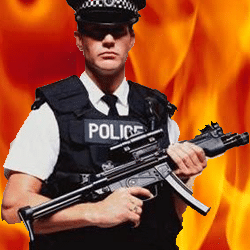 The foot soldiers in the government’s increasingly fanatical war on drugs, particularly marijuana, are state and local police officers dressed in SWAT gear and armed to the hilt. These SWAT teams carry out roughly 50,000 no-knock raids every year in search of illegal drugs and drug paraphernalia. As author and journalist Radley Balko reports, “The vast majority of these raids are to serve routine drug warrants, many times for crimes no more serious than possession of marijuana… Police have broken down doors, screamed obscenities, and held innocent people at gunpoint only to discover that what they thought were marijuana plants were really sunflowers, hibiscus, ragweed, tomatoes, or elderberry bushes. (It’s happened with all five.)”
The foot soldiers in the government’s increasingly fanatical war on drugs, particularly marijuana, are state and local police officers dressed in SWAT gear and armed to the hilt. These SWAT teams carry out roughly 50,000 no-knock raids every year in search of illegal drugs and drug paraphernalia. As author and journalist Radley Balko reports, “The vast majority of these raids are to serve routine drug warrants, many times for crimes no more serious than possession of marijuana… Police have broken down doors, screamed obscenities, and held innocent people at gunpoint only to discover that what they thought were marijuana plants were really sunflowers, hibiscus, ragweed, tomatoes, or elderberry bushes. (It’s happened with all five.)”
No wonder America’s war on drugs has increasingly become an issue of concern on and off the campaign trail. Back in 1976, Jimmy Carter campaigned for president on a platform that included decriminalizing marijuana and ending federal criminal penalties for possession of up to one ounce of the drug. Thirty-six years later, the topic is once again up for debate, especially among Republican presidential contenders whose stances vary widely, from Ron Paul who has called for an end to the drug war, to Govs. Rick Perry and Jon Huntsman who have said that states should be allowed to legalize medical marijuana without federal interference, to Rick Santorum who has admitted to using marijuana while in college but remains adamantly opposed to its legalization.
Americans are showing themselves to be increasingly receptive to a change in the nation’s drug policy, with a Gallup poll showing a record-high 50% of Americans favoring legalizing marijuana use, nearly half of all Americans favor legalizing the possession of small amounts of marijuana for personal use, 70% favoring legalizing it for medical purposes, and a 2008 Zogby poll which found that three in four Americans believe the war on drugs to be a failure. “As an active duty jail superintendent, I’ve seen how the drug war doesn’t do anything to reduce drug abuse but does cause a host of other problems, from prison overcrowding to a violent black market controlled by gangs and cartels,” said Richard Van Wickler, the serving corrections superintendent in Cheshire County, N.H. “For a long time this issue has been treated like a third rail by politicians, but polls now show that voters overwhelmingly agree that the drug war is a failure and that a new direction is sorely needed.”
A growing number of law enforcement officials and national organizations are also calling for an end to the drug wars, including the US Conference of Mayors, the Global Commission on Drug Policy, which includes former UN Secretary General Kofi Annan, former US Secretary of State George Schultz, and former presidents of Mexico, Colombia, and Brazil, and the NAACP. In fact, at their national convention in July 2011, the NAACP voiced their concern over the striking disparity in incarceration between whites and blacks, particularly when it comes to drug-related offenses.
In terms of its racial impact, the U.S. government’s war on drugs also constitutes one of the most racially discriminatory policies being pushed by the government in recent decades, with African-Americans constituting its greatest casualties. As the ACLU has reported, “Despite the fact that whites engage in drug offenses at a higher rate than African-Americans, African-Americans are incarcerated for drug offenses at a rate that is 10 times greater than that of whites.” Indeed, blacks–who make up 13% of the population–account for 40% of federal prisoners and 45% of state prisoners convicted of drug offenses.
Moreover, a November 2011 study by researchers at Duke University found that young blacks are arrested for drug crimes ten times more often than whites. Likewise, a 2008 study by the ACLU concluded that blacks in New York City were five times more likely to be arrested than their white counterparts for simple marijuana possession. Latinos were three times more likely to be arrested. The Drug Policy Alliance and California NAACP released a report claiming that between 2006 and 2008 “police in 25 of California’s major cities arrested blacks at four, five, six, seven, and even 12 times the rate of whites.”
This disproportionate approach to prosecuting those found in possession of marijuana is particularly evident in California, where black marijuana offenders were imprisoned 13 times as much as non-blacks in 2011. In fact, between 1990 and 2010, there was a 300% surge in arrests for marijuana possession for nonwhites. As the Center on Juvenile and Criminal Justice concluded, “California’s criminal justice system can be divided into two categories with respect to marijuana: one system for African-Americans, another for all other races.”
Thus, while the government’s war on drugs itself may not be an explicit attempt to subjugate minority groups, the policy has a racist effect in that it disproportionately impacts minority communities. Moreover, the origins of drug prohibition have explicitly racial justifications. In the late 19th and early 20th centuries, prohibitionists clamoring to make drugs illegal tapped into common racial prejudices to convince others of the benefits of drug prohibition. For example, opium imports to America peaked in the 1840s, with 70,000 pounds imported annually, but Chinese immigrants did not arrive in large numbers until after the 1850s. Thus, Americans were using opium in copious amounts before Chinese immigrants arrived. Once they arrived however, they became convenient scapegoats for those interested in making opium illegal. Prohibitionists portrayed opium smoking as a habit below the respectability of “white” men. In a similar manner, marijuana was later associated with blacks, Latinos, and jazz culture, making marijuana an easy target for prohibition.
Yet despite 40 years of military funding to eradicate foreign drug supplies, increased incarceration rates, and more aggressive narcotics policing, the war on drugs has done nothing to resolve the issue of drug addiction. Consumption of cocaine and marijuana has been relatively stable over the past four decades, with a spike in use during the 1970s and 80s. And a European Union Commission study determined that “global drug production and use remained largely unchanged from 1998 through 2007.” In fact, the only things that have changed are that drugs are cheaper and more potent, there are more people in prison, and the government is spending more taxpayer money.
So what’s the solution?
As Professor John McWhorter contends, problems of addiction should be treated like the medical problems they are–in other words, drug addiction is a health problem, not a police problem. At the very least, marijuana, which has been widely recognized as medically beneficial, should be legalized. As a society, we would be far better off investing the copious amounts of money currently spent on law enforcement in prevention and treatment programs. Of course, the pharmaceutical industry doesn’t want marijuana legalized, fearing it might cut into its profit margins. However, as California has shown, it could be a boon for struggling state economies. Marijuana is California’s biggest cash crop, responsible for $14 billion a year in sales. Were California to legalize the drug (it legalized medical marijuana in 1996) and allow the state to regulate and tax its sale, tax collectors estimate it could bring in $1.3 billion in revenue. Prior to the Obama administration’s crackdown on the state’s medical marijuana dispensaries, which has cost the state thousands of jobs, lost income and lost tax revenue, California had been raking in $100 million in taxes from the dispensaries alone.
As Neill Franklin, the executive director of Law Enforcement Against Prohibition who worked on narcotics policing for the Maryland State Police and Baltimore Police Department for over 30 years, remarked in the New York Times:
In an earlier era it may have been a smart move for politicians to act “tough on drugs” and stay far away from legalization. But today, many voters recognize that our prohibition laws don’t do anything to reduce drug use but do create a black market where cartels and gangs use violence to protect their profits.
While some fear that legalization would lead to increased use, those who want to use marijuana are probably already doing so under our ineffective prohibition laws. And when we stop wasting so many resources on locking people up, perhaps we can fund real public education and health efforts of the sort that have led to dramatic reductions in tobacco use over the last few decades – all without having to put handcuffs on anyone.
I have spent my entire adult life fighting the war on drugs as a police officer on the front lines. I have experienced the loss of friends and comrades who fought this war alongside me, and every year tens of thousands of other people are murdered by gangs battling over drug turf in American cities, Canada and Mexico. It is time to reduce violence by taking away a vital funding source from organized crime just as we did by ending alcohol prohibition almost 80 years ago.
The goals of reducing crime, disease, death and addiction have not been met by the “drug war” that was declared by President Nixon 40 years ago and ramped up by each president since.
The public has waked up to the fact that we need to change our marijuana laws. Savvy politicians would do well to catch up.
– courtesy of Americans for Safe Access San Francisco Chapter, written by John W. Whitehead. Constitutional attorney and author John W. Whitehead is founder and president of The Rutherford Institute. He can be contacted at [email protected]. Information about the Institute is available at www.rutherford.org


